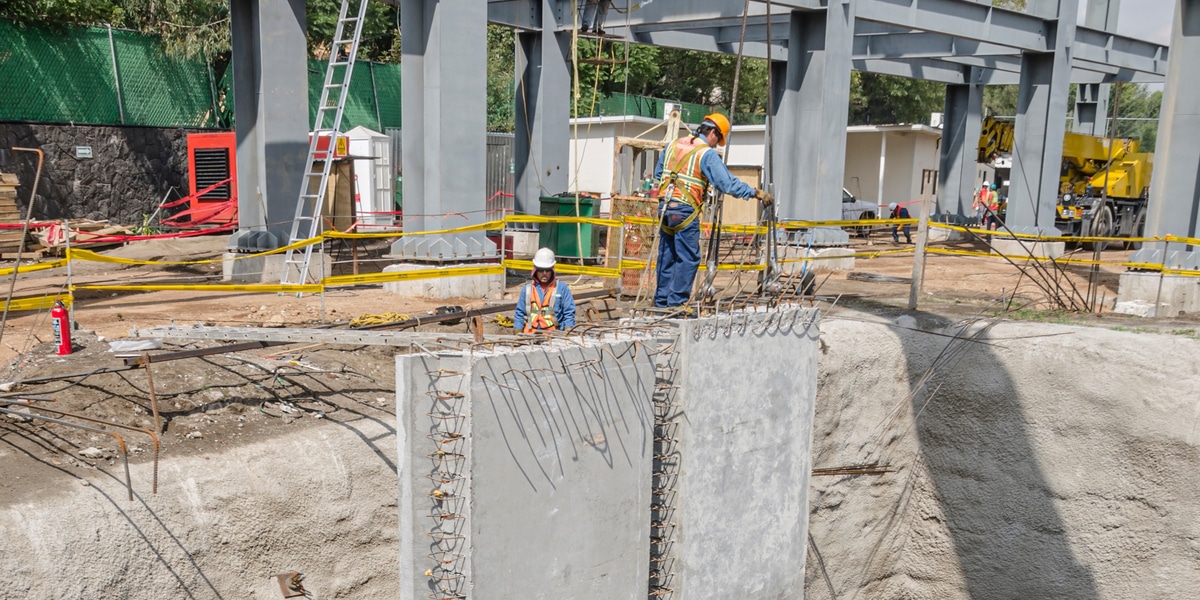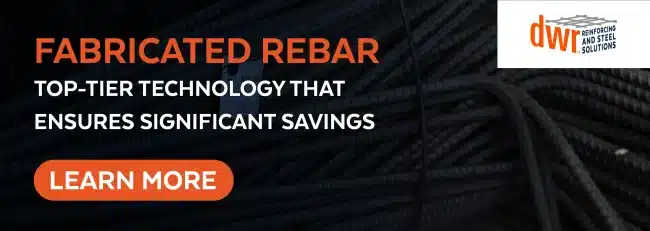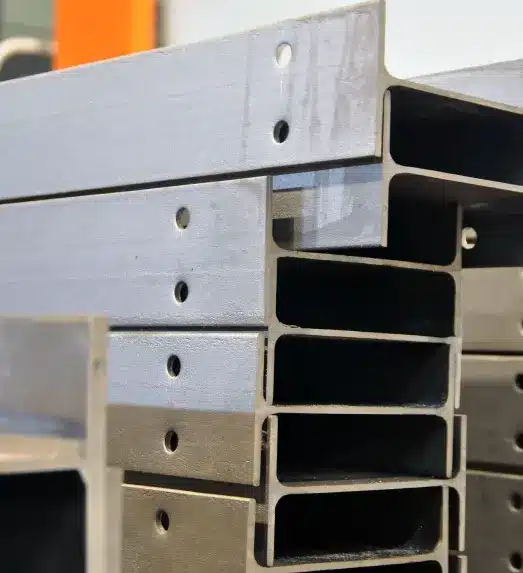In the ever-evolving construction landscape, innovative methods that combine efficiency and cost-effectiveness are paramount.
Among the most innovative methods, there is tilt up or tilt-up construction, a contemporary approach that not only transforms the way we build but also aligns with the principles of efficiency and sustainability.
According to an estimate provided by the Tilt-Up Concrete Association (TCA), “over 10,000 buildings, enclosing more than 650 million square feet, are constructed each year using this construction method”, thus making it more than relevant for the industry.
We will explore how this method is redefining the industry and how companies like DWR Reinforcing and Steel Solutions are playing a pivotal role in optimizing its efficiency.
The Tilt Up Construction Method
Unlike traditional construction, where walls are built up in their specific final position, tilt-up construction involves casting concrete walls horizontally on the ground and then tilting them into position.
More specifically, the American Concrete Institute (ACI) defines tilt-up construction as “a construction technique for casting concrete elements in a horizontal position at the job site and then tilting them to their final position in a structure.”
This method streamlines the construction process by leveraging the benefits of off-site fabrication (applied on-site) and on-site efficiency. It is a symphony of precision and practicality, making it a significant advancement in building technology.
Advantages of Tilt Up Construction
The advantages of tilt-up construction are as diverse as the structures it creates. Let’s see some of them in detail.
Build times
One standout benefit is the accelerated build times.
With walls cast on-site, projects can move forward seamlessly, reducing construction timelines significantly. This efficiency translates into cost savings, not only in terms of labor but also in overall project expenses. Tilt-up construction is not just about speed, but also about doing more with less.
Durability
The durability of tilt-up structures is a hallmark advantage. The monolithic nature of the walls, coupled with the strength of reinforced concrete, results in robust structures that can withstand the test of time and environmental factors. This is because the process involves wood forms, rebar, and the concrete itself.
Energy Efficiency
The energy efficiency of these buildings is another benefit to highlight, with thermal mass properties contributing to lower energy consumption over the building’s lifetime.
The Role of Steel & Reinforced Concrete in Tilt Up Construction
At the heart of tilt-up construction lies the crucial partnership between steel and reinforced concrete. As mentioned above, rebars usually form an essential component of tilt-up construction.
Moreover, the strength and flexibility of steel reinforce the concrete walls, providing the necessary structural integrity. This is where companies like DWR Reinforcing and Steel Solutions step into the spotlight.
DWR’s high-quality steel solutions are not just materials. They are enablers of efficiency and sustainability.
DWR’s commitment to quality aligns seamlessly with the demands of tilt-up construction. Our steel solutions enhance the structural resilience of tilt-up constructions, ensuring that these buildings not only meet but exceed performance expectations.
Furthermore, DWR’s dedication to sustainability adds an extra layer of value. By supporting LEED credits and adhering to sustainable practices in steel production, DWR becomes a crucial ally in the construction journey.
Modern construction
In the ever-changing world of modern construction, tilt up construction, supported by robust materials like steel and reinforced concrete, takes center stage. This method represents a harmonious blend of efficiency and sustainability.
As we reflect on the benefits of tilt-up construction, it is evident that it is more than a construction method. We could affirm that it is a testament to modern engineering ingenuity.
With companies like DWR Reinforcing and Steel Solutions playing a pivotal role, tilt-up construction is not just a trend, it is a transformative force shaping a more efficient and sustainable future for the construction industry.


